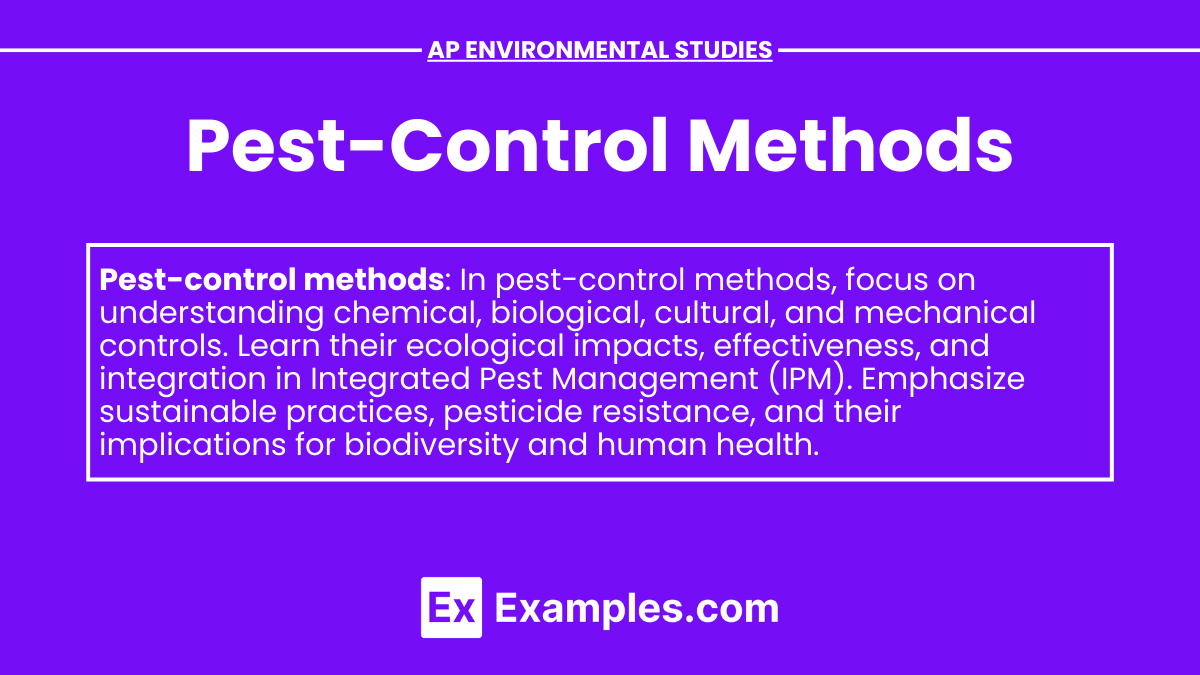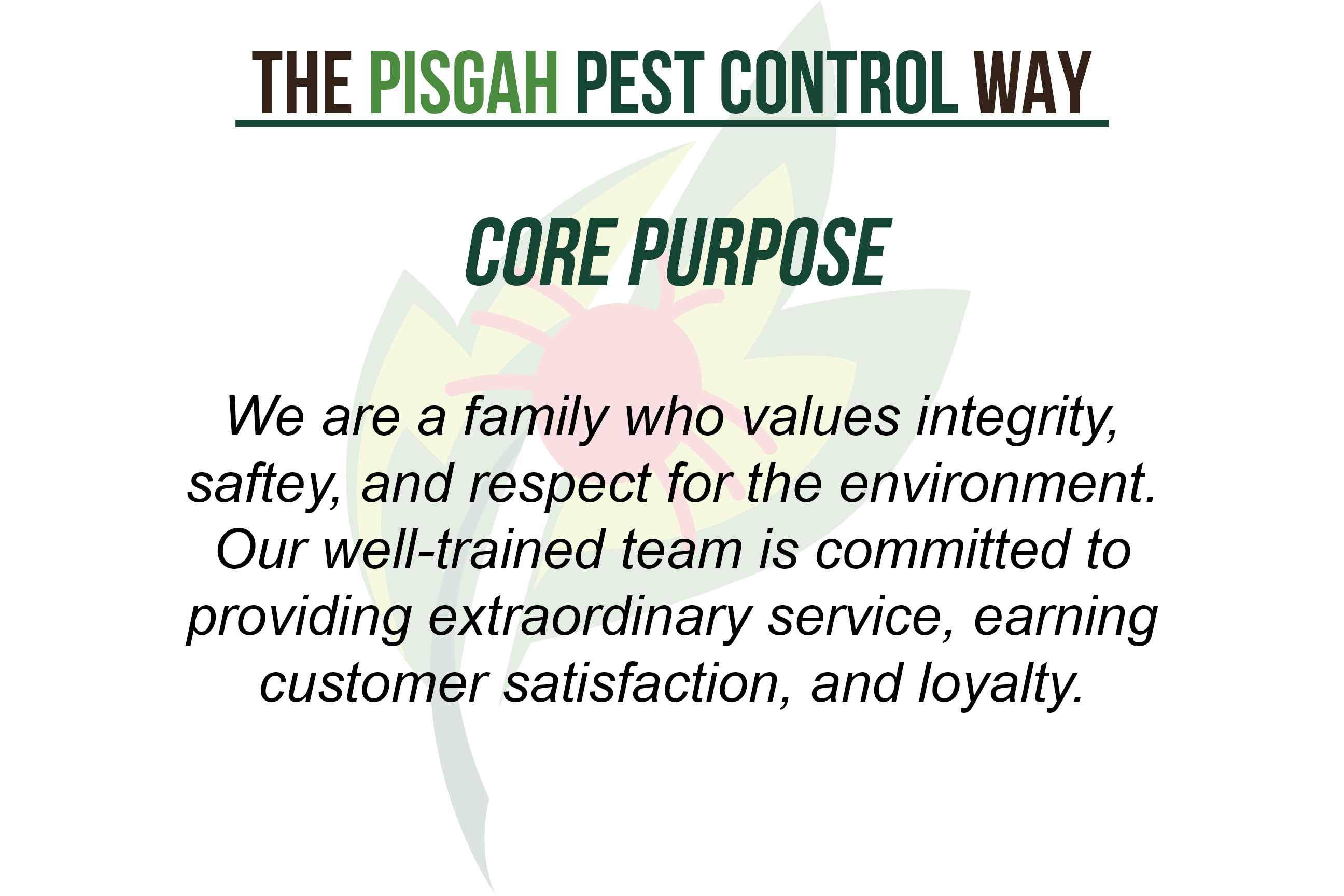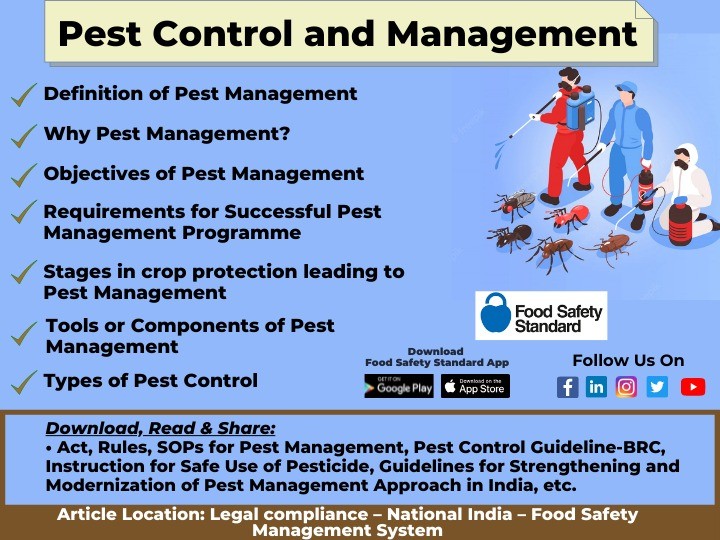What Does Pestwise Do?
What Does Pestwise Do?
Blog Article
The smart Trick of Pestwise That Nobody is Discussing
Table of ContentsThe Only Guide for PestwiseThe Ultimate Guide To PestwiseThe 7-Minute Rule for PestwiseNot known Details About Pestwise Excitement About PestwiseEverything about PestwiseSome Known Questions About Pestwise.

Q. Specify "integrated pest monitoring" (IPM) and checklist numerous feasible control methods that may be made use of in an IPM method. A. Integrated pest administration is the combining of suitable insect control strategies into a single plan to minimize insects and their damage to an acceptable level. Pest control strategies might include: host resistance, biological control, social control, mechanical control, sanitation, and chemical (pesticide) control.
The Facts About Pestwise Revealed
What can you do to maintain the bugs you are attempting to manage from coming to be immune to the chemicals you use? A. Insect resistance can be reduced by utilizing incorporated insect administration and turning the kinds of pesticides used.
Parasites are a critical danger to the farming service, and integrated bug administration helps farmers address and minimize these threats. Integrated parasite monitoring uses several approaches in complex, hence being an extra effective remedy to the issue. Bed Bug Treatment. In specific, getting rid of aggressive chemical techniques permits lessening damage to people and the atmosphere by utilizing all-natural and much safer alternatives rather
The Basic Principles Of Pestwise
The goal of incorporated pest monitoring is to reduce this injury and control acceptable invasion degrees as opposed to eliminate all undesired populaces. This is why it is necessary to recognize what actions are warranted in each case and usage aggressive ones just when other integrated monitoring methods don't function. Integrated monitoring mitigates the negative effects of a non-IPM approach, and the main advantages of IPM Advantages of IPM.
A proper understanding of the invasion scope identifies if the issue ought to be attended to. are the next components of an IPM program due to the fact that it is necessary to understand if the microorganisms make possible dangers and pick the integrated administration options or the specific pesticide usage. intend to lower invasions by applying different agronomic techniques.
Some Known Questions About Pestwise.
Integrated monitoring choices in an IPM program start with safer to much more hostile ones. The above-mentioned incorporated administration facets help understand how to prepare and implement an IPM program action by action: Display your plants on a regular basis.

Among others, IPM cultural methods consist of the following area administration techniques: dirt therapy; choice of ideal plants; plant turning; interplanting or strip cropping; choice of planting days; weed control; use of trap plants. Desirable dirt problems speed up plant development, and energetic plants are extra immune to problems. Healthy plants and seeds determine successful crop advancement, so it is essential to choose pest-free growing product with strong roots.
, which is additionally utilized in the integrated insect administration system. On the other hand, infestations increase when plants of the exact same crop kind or household grow together.
Potato beetles can damage expanding potatoes, in addition to tomatoes. Growing trap plants in spots is one more alternative for IPM intercropping. This incorporated insect management method recommends attracting pests to specific plants and after that regulating them with chemical or mechanical techniques. Particularly, you can grow soybeans as catch plants for Japanese beetles.
The Buzz on Pestwise
Obstacles are regular examples of physical IPM approaches. Allow's take a closer look at them. Getting rid of or selecting pests out manually is a time and labor-consuming alternative that is extensively applied in incorporated administration and natural farming. Mature insects or their eggs and larvae are collected by hand and destroyed.

Department of Plant Sciences. This integrated monitoring approach implies a common means of ruining parasites by killers, parasitoids, pathogens, and various other biological control agents (also known as hostile organisms). The function of organic control in IPM is to.
Pestwise Fundamentals Explained
With time, their populace became an actual problem to farmers alongside aboriginal kangaroos or dingoes. The walking cane toad is another situation illustrating incorporated biological control failure hereof when it declined to search the target species and ended up being a bug itself. Parasitoids create on or within their hosts to eventually eliminate them after growing.
Report this page